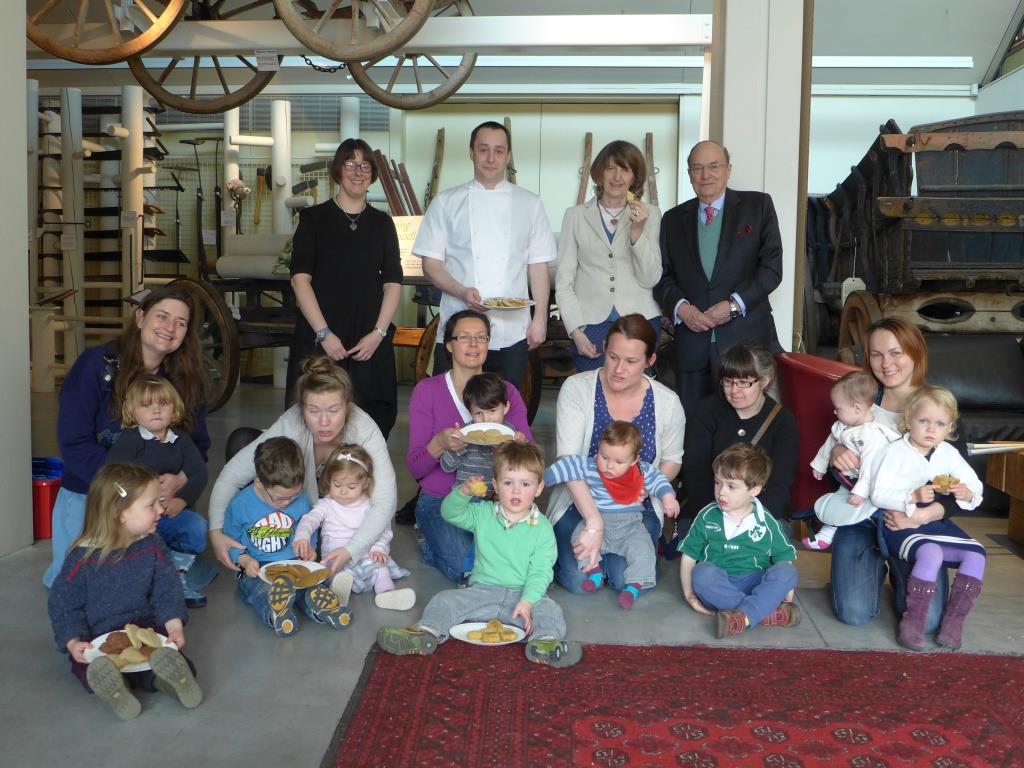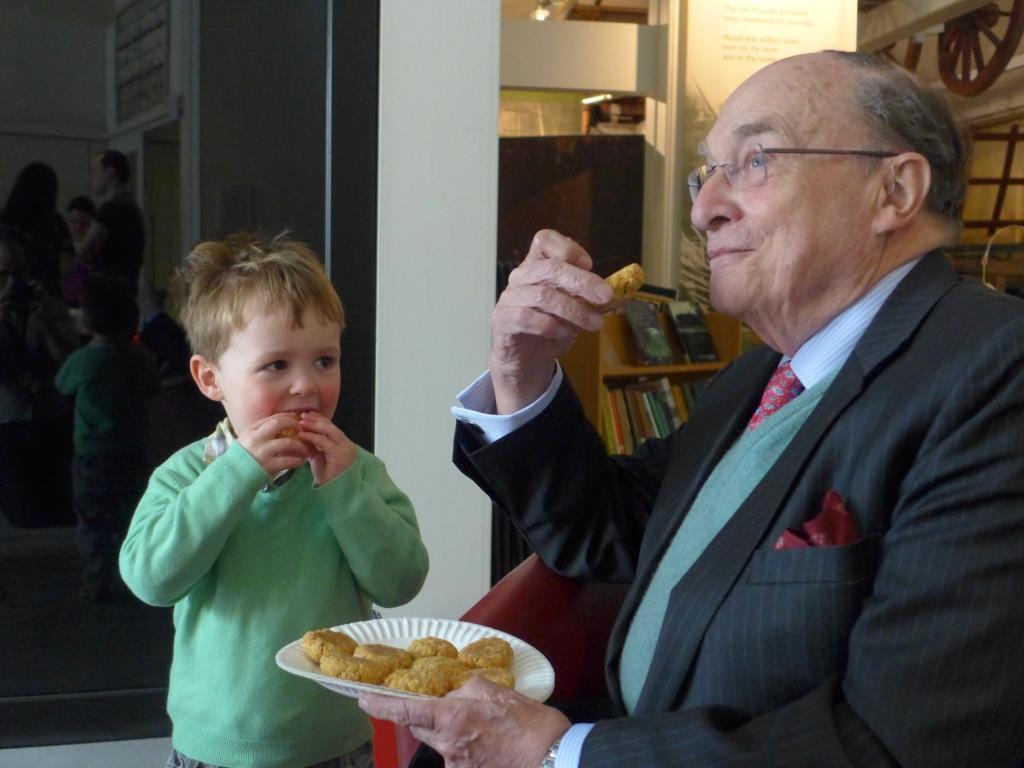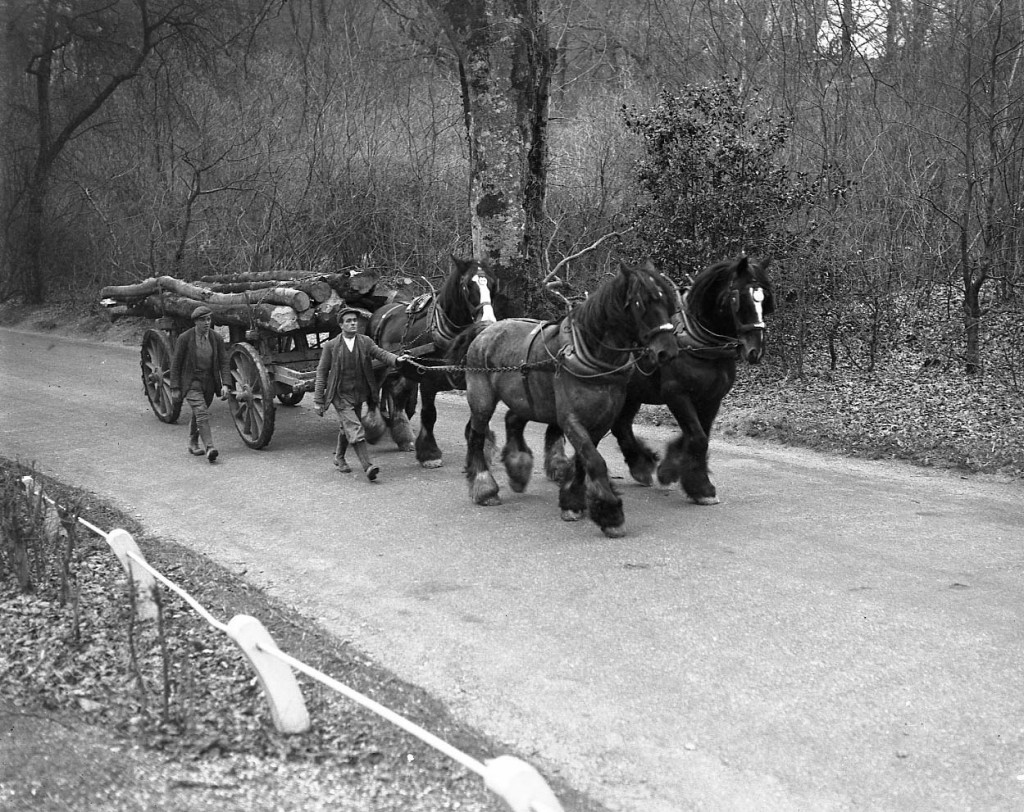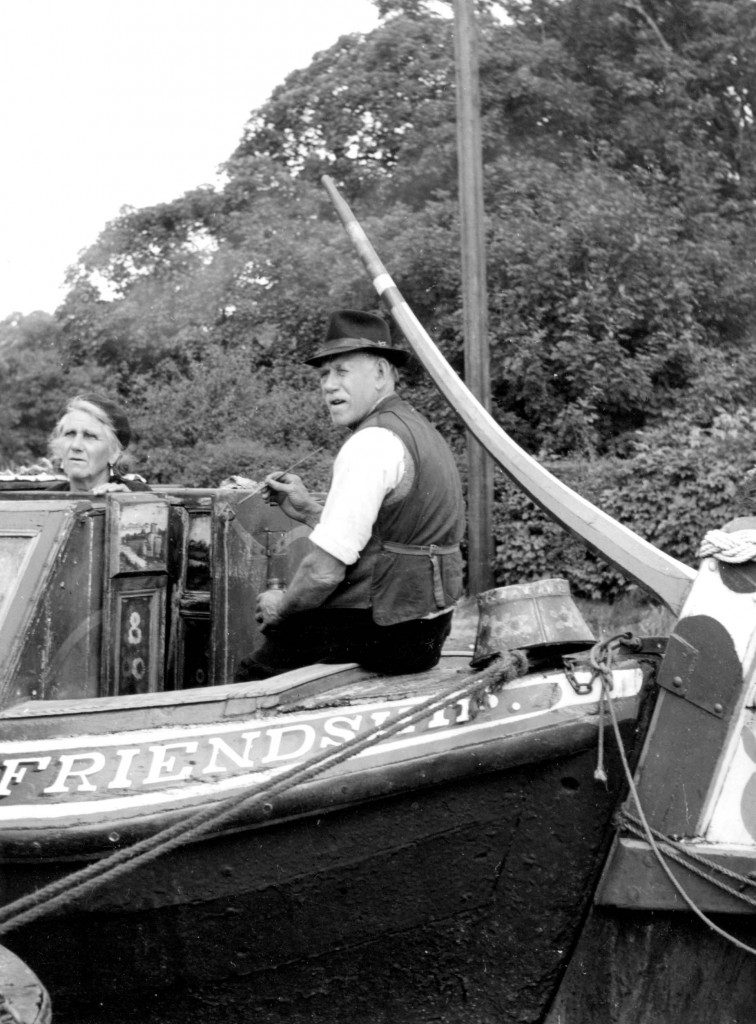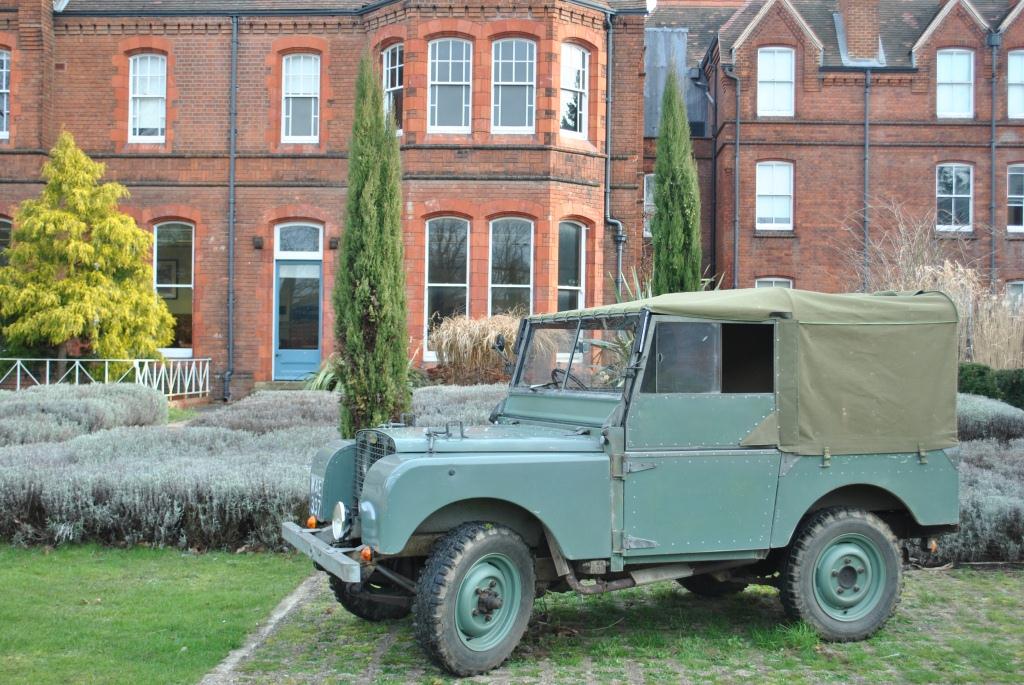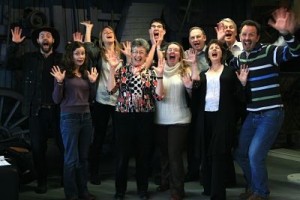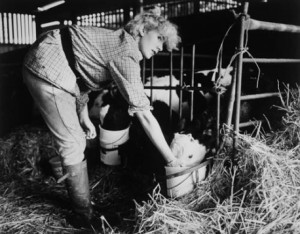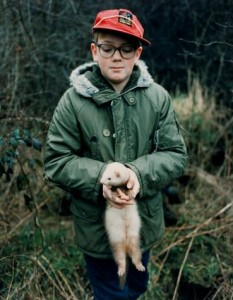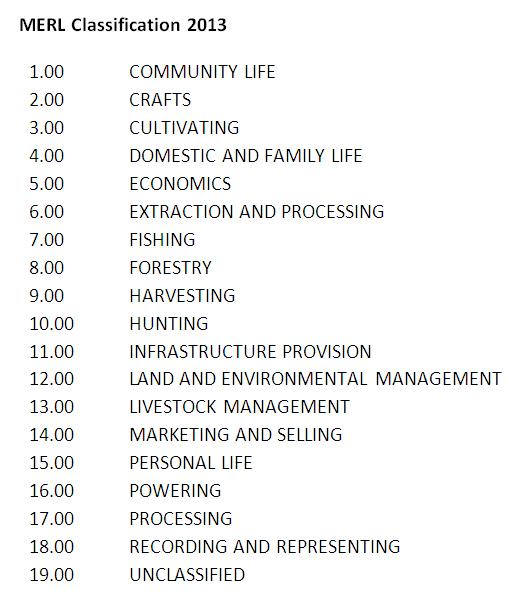Since May I’ve been working on the Reading Engaged project to research content for the new galleries which will form part of MERL’s redevelopment project, Our Country Lives. True to my passions as ever, I’ve been taking the opportunity to focus on researching craft, as we’re hoping to dedicate a large part of one of the galleries to craft. We hope to use different crafts that we have examples of in our collections to highlight key issues affecting the heritage craft sector, bearing in mind that there is no one-size-fits-all story for craft. We also want to ensure that the galleries are up to date and reflect the current state of making and show the many varied and vibrant ways in which these crafts exist today.
One of the crafts I’ve researched so far is coopering. The only things I knew before I started came from the headline ‘only one Master Cooper left in England’ and from watching the fantastic video of a cooper knocking up a cask that we currently have on display in the Museum. When you start to think about it, you realise how incredible coopering really is. Ken Kilby, author of several books on the craft, describes the barrel as ‘the greatest invention of all time’ for without it ‘most goods would have remained right where they were made, or not have been made at all.’
Casks (the term ‘barrel’ describes a particular size of cask) were used to transport all sorts of goods, wet and dry. Over the centuries, coopering gradually divided itself into three main branches, with an acceptance among coopers that certain branches were more skilled than others. The main categories are dry coopering (least skilled), white coopering and wet coopering (most skilled). When you think about it, it really is quite incredible to be able to make a watertight cask of a specified size which can withstand long years of rough handling with no glue or sealants, and hardly any measurements! Another great Ken Kilby quote: ‘There are no amateur barrel makers.’
By the end of the nineteenth century, the majority of cooperages were found in breweries, when Britain was brewing approximately 37 million gallons of beer. In 1889, Bass’s Brewery at Burton on Trent employed 400 coopers; and circa 1900 Shooters, Chippingdale and Colliers employed 630 coopers! Until World War II, coopering had seemed a secure occupation but by the 1950s most of the independent cooperages in Britain had closed, and during the 1950s–1970s wooden casks were phased out of the larger breweries. By 2010 only 4 breweries still employed a qualified cooper, and today Theakston’s are the only brewery to do so.
We have about 80 coopering tools at MERL, along with various coopered products including cider kegs, butter churns, cheese moulds and buckets. The majority of the tools come from two sets: one from the cooper’s shop at H. & G. Simonds Ltd., known as the Bridge Street Brewery, in Reading; the other from a cooper who served his apprenticeship at Reading Brewery 1948–1952 (we also have his certificate of indenture for his apprenticeship). The first set is currently on display in the Museum galleries. Take a look at the tools on our online database.
I’ve been working to create a ‘content pack’ for each craft I research. This includes reading up on the subject and writing introductory notes, looking at the related objects we have in the collections and identifying particular objects which can be used to illustrate specific points and, with the help of Danni and Caroline, investigating the Archives to see what we have in terms of documents and photographs. I’ve also been in contact with Alistair Simms, England’s only Master Cooper (to become a Master Cooper you must have successfully trained an apprentice), who I’m hoping to visit in September, and Theakston’s Brewery.
If you want to find out more about coopering, come along to MERL on Saturday 23 August when Marshall Scheetz, historian and Journeyman Cooper at Colonial Williamsburg in Virginia, USA, will be giving ‘An introduction to cooperage’. The talk is free. Details here.
Written by Greta Bertram, Project Officer.




